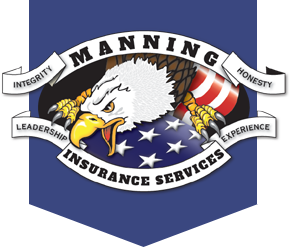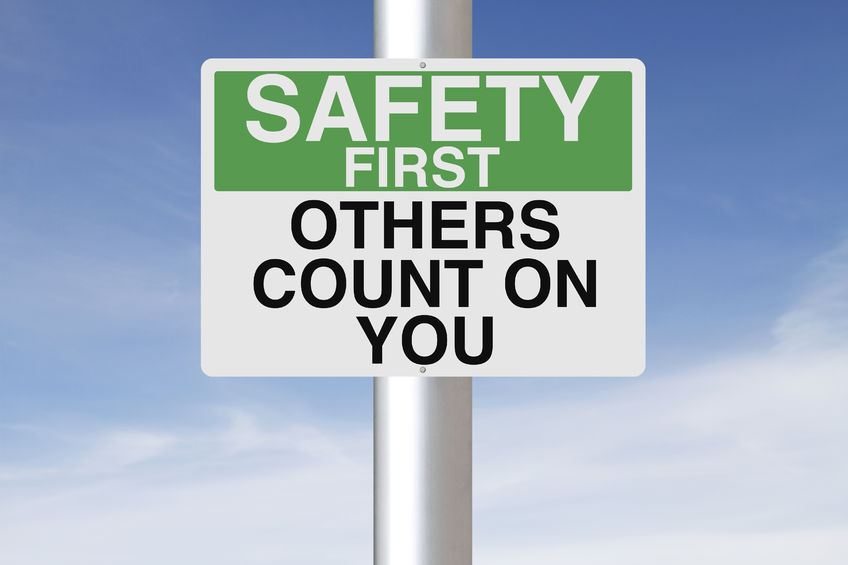The safety and health of employees should be a top priority for your business. The first step in improving safety in the workplace is identifying risks. Then it’s important to take steps to reduce or eliminate those safety hazards. Here are four steps in completing a risk assessment.
#1 Identifying risks
One of the leading causes of accidents and injuries at work is failure to identify risks. To identify risks, safety managers should collect and review information about any existing and potential hazards in the workplace. This process may include workplace inspections, employee interviews, injury incident investigations and an analysis of the severity of risks to employees.
#2 Identifying workers at risk
After the risks are identified, determine which workers are most at risk from these workplace hazards. This will give you the needed information for which workers may need special safety training, protective equipment or other adjustments to their work environment.
#3 Assessment of risks
Once you have identified hazards and workers who are at risk, the next step is assessing the risks. Here are a few questions to consider: What health risks are there to employees? How severe are these risks? Is the work environment and/or equipment used responsible for risks to employee safety? What steps can you take to reduce safety hazards? If the risk cannot be eliminated, assess what impact the hazard will have on employees’ safety and health.
#4 Implement measures to reduce or eliminate risks
Workplace risk assessment is of no use unless steps are taken to reduce or eliminate risks. At-risk workers need safety training for dealing with hazardous situations. Any physical hazards at the workplace should be removed if possible (faulty equipment, antiquated office furniture, excess noise, etc.).
Safety managers need to develop a written program and hold official meetings and training for employees. Workplace safety risk assessment is an ongoing process and is essential for the security and health of employees. Improving workplace safety can help eliminate unnecessary risks to employees and help them save money on insurance premiums for workers compensation coverage. Here are some guidelines from OSHA for establishing a workplace safety program.
Do you need a quote for workers compensation coverage? We can help! Contact us to discuss coverage options.
Learn more about Manning Insurance Services‘ Workers Compensation Coverage.

